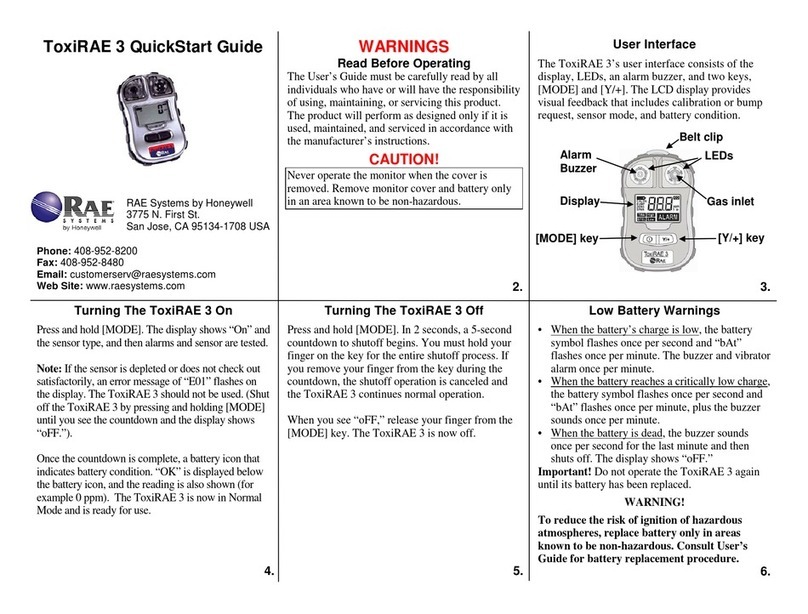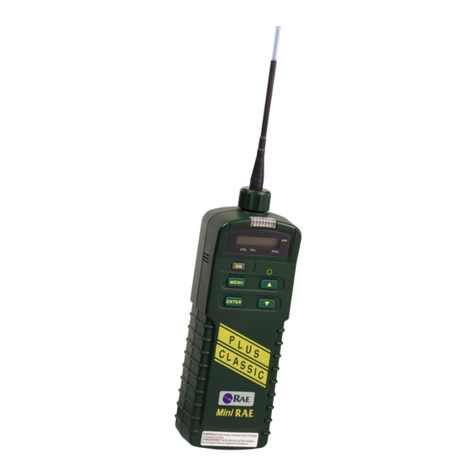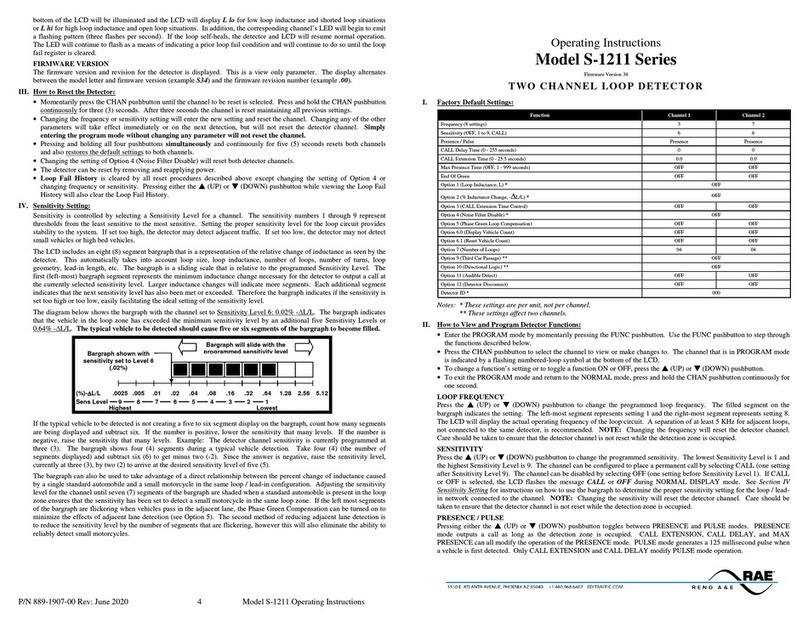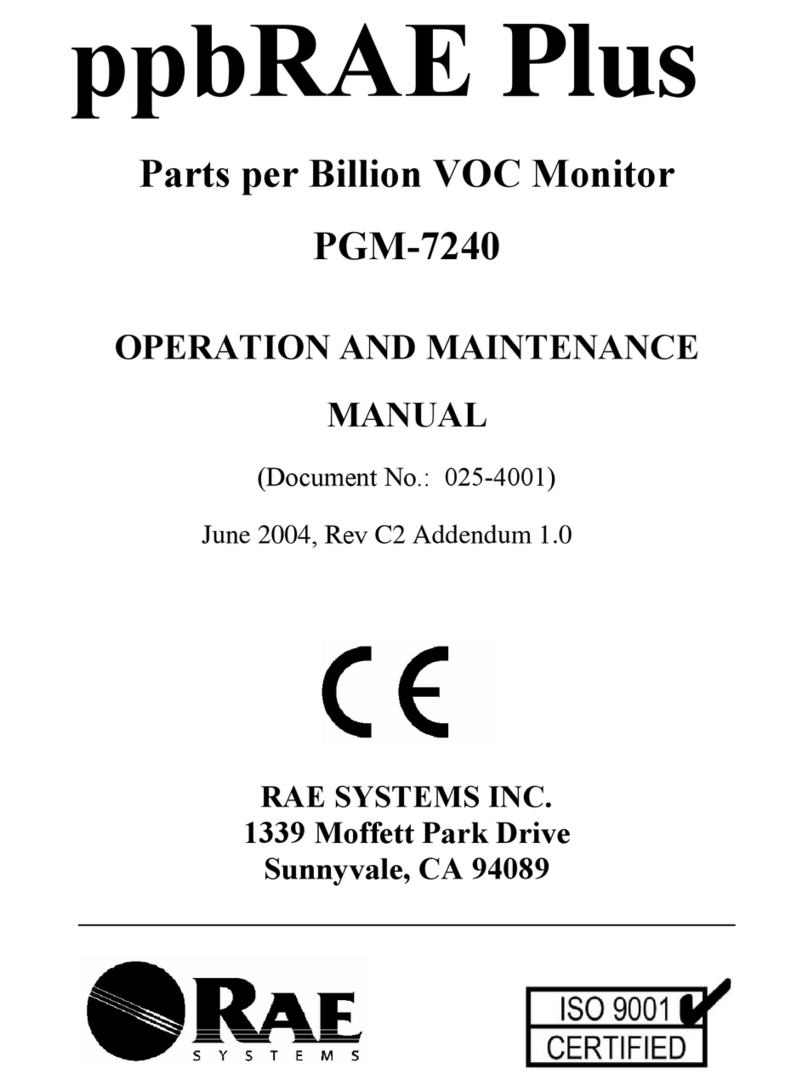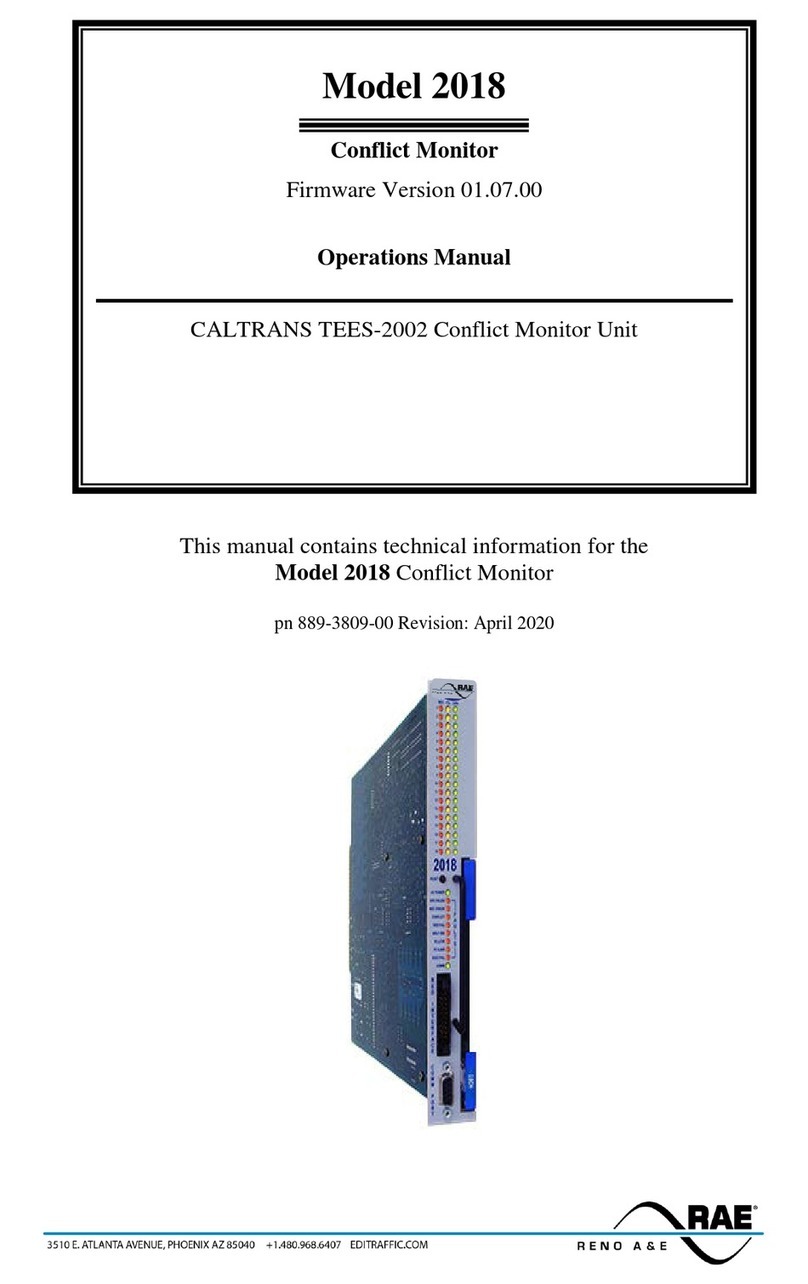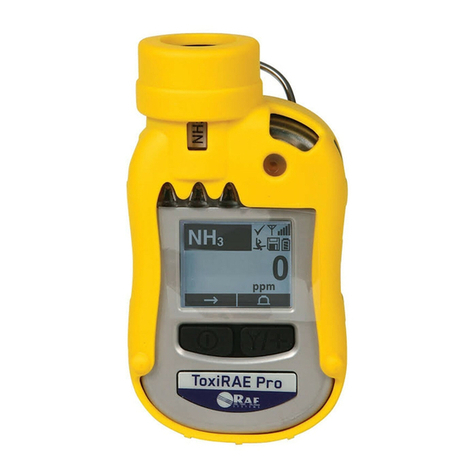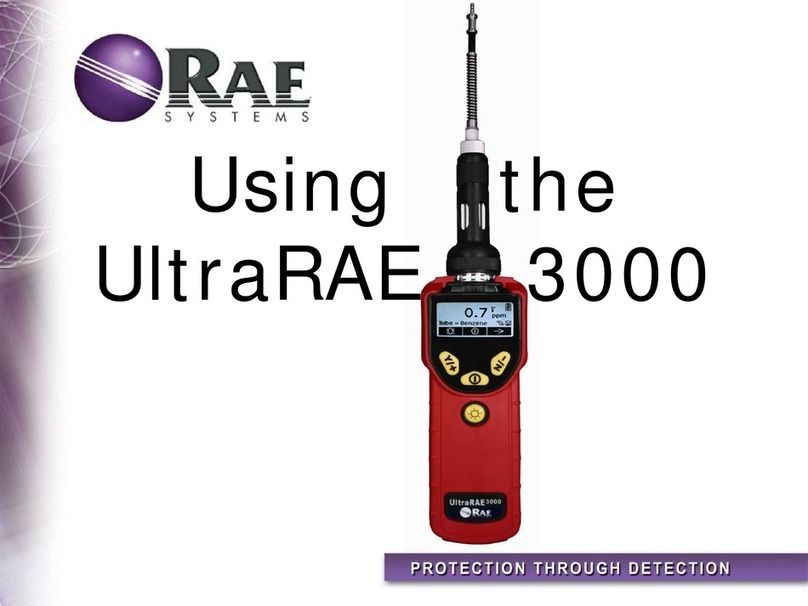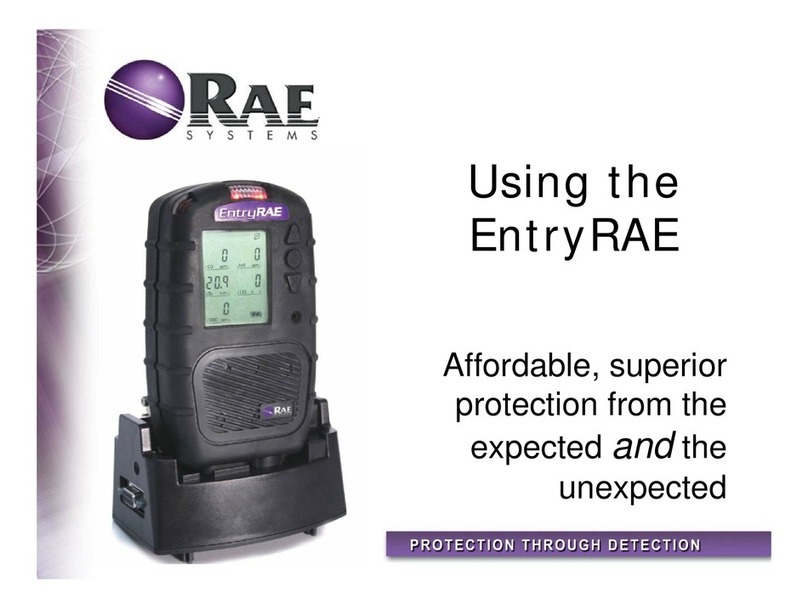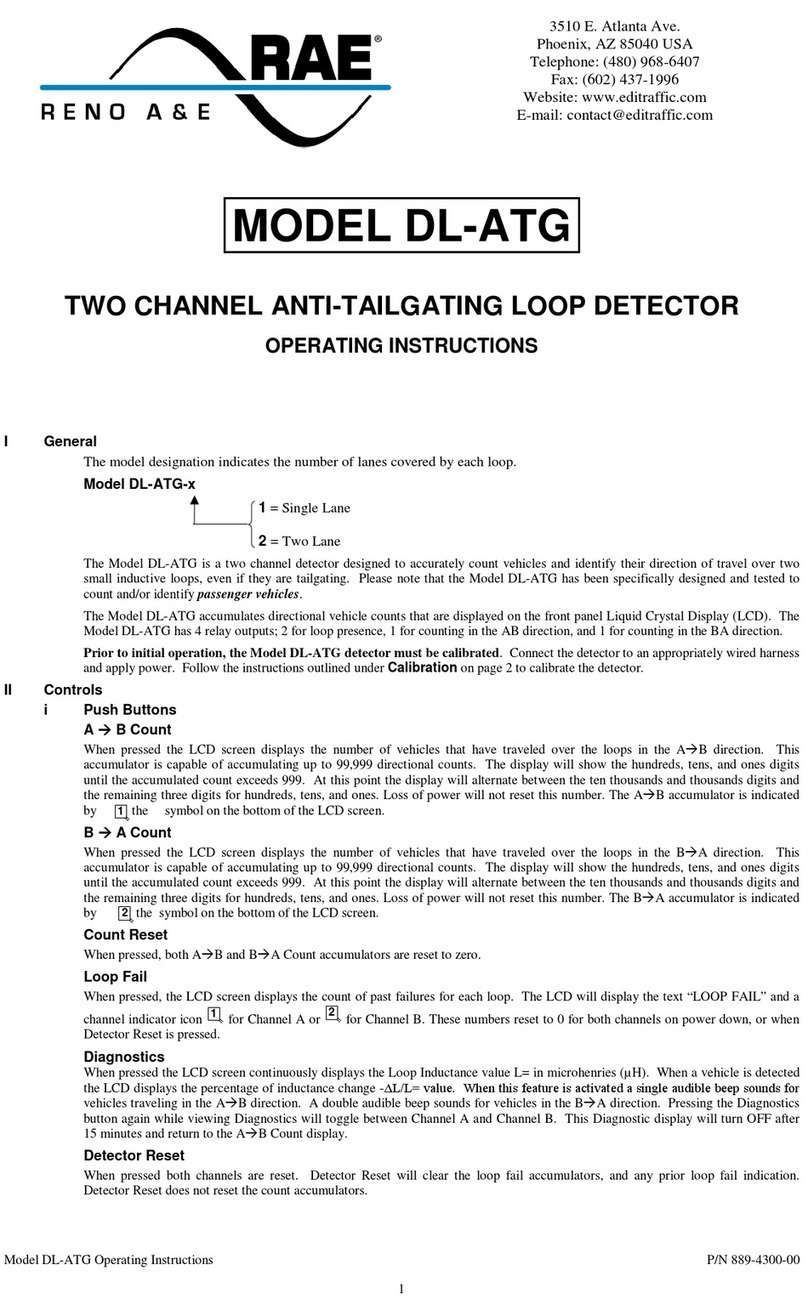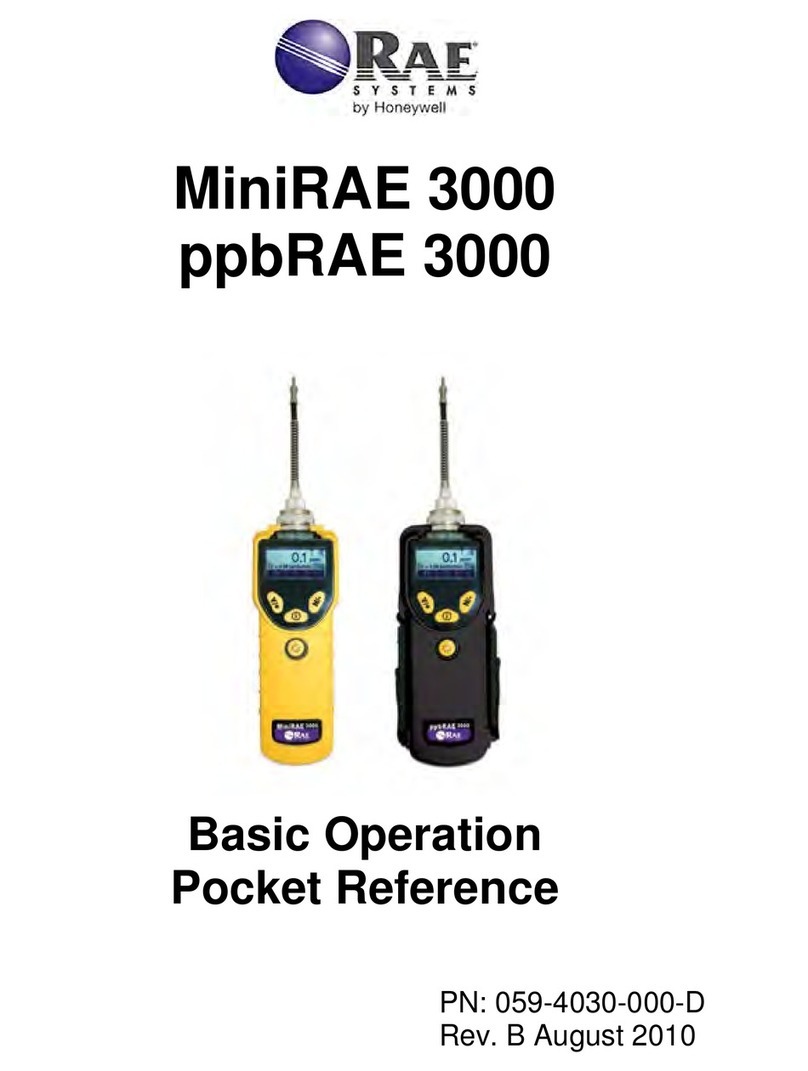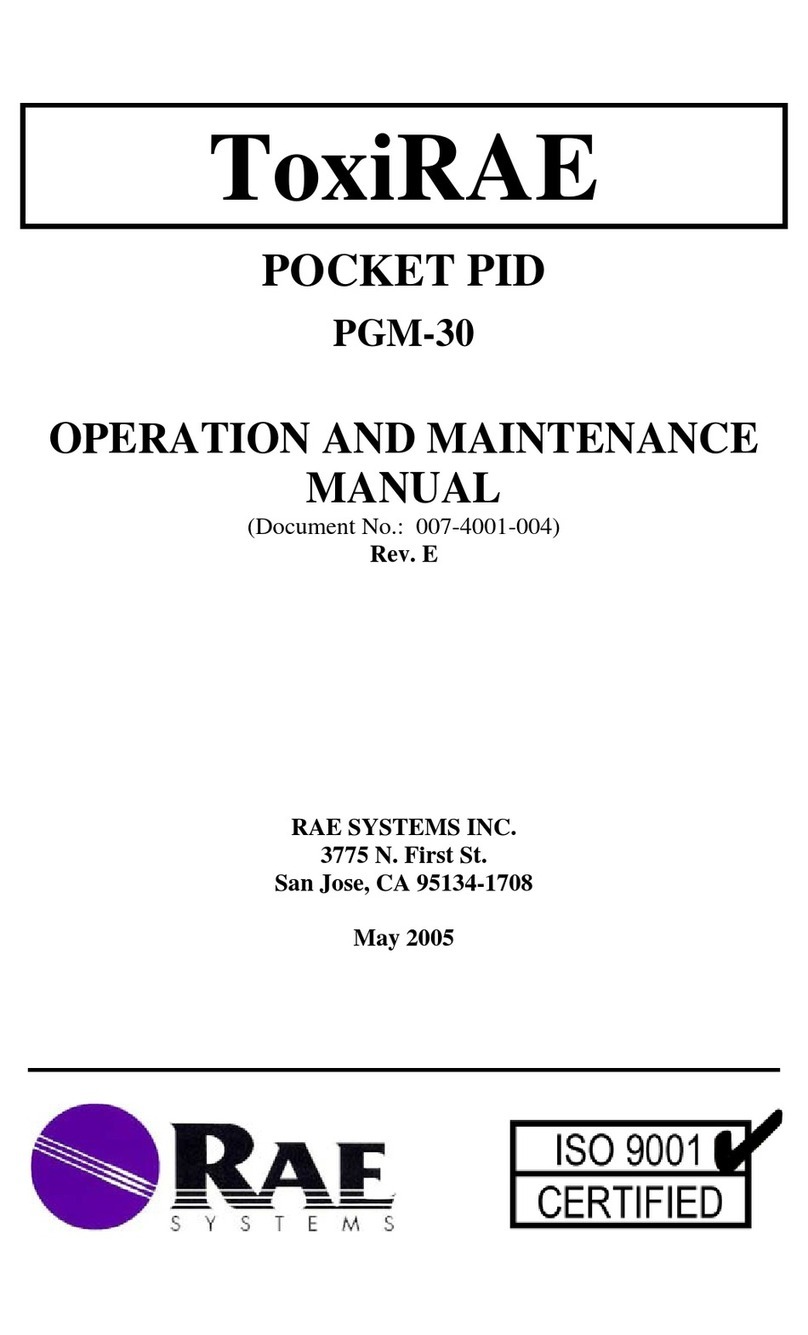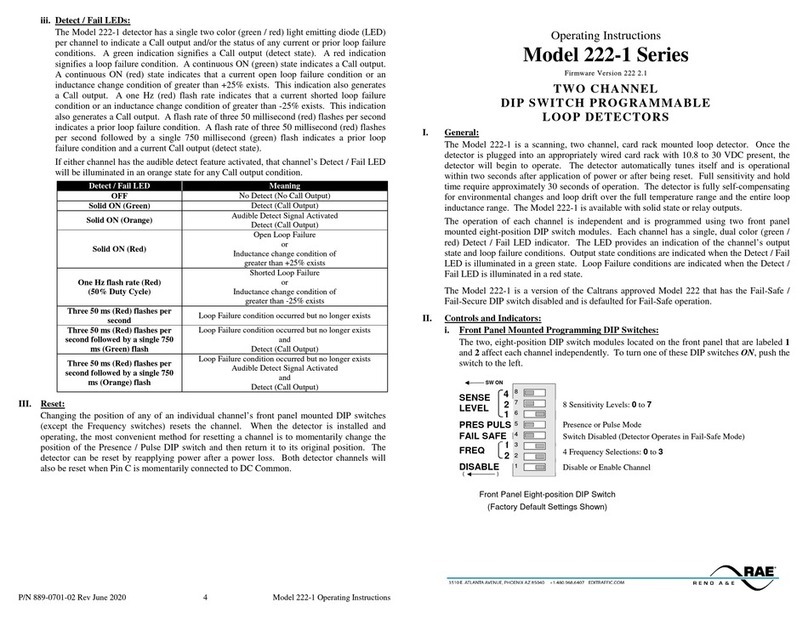
889-1600-04 Model P-1400 Operations Manual Rev Apr 2020 Page 1of 33
Section 1 General Description
This product manual was written for people installing, operating, and maintaining the Reno A&E Model P-1400
inductive loop vehicle detector. The Model P-1400 is a four-channel inductive loop vehicle detector designed as a
direct, drop-in replacement for older technology detectors that mount in ground level enclosures. It is designed to
be used in applications requiring detection of railway vehicles in large detection areas typically required in
classification yard switch and sideswipe protection, interlocking and moveable bridge occupancy detection, or
detection of roadway vehicles and/or railway vehicles in at-grade crossing sites.
The Model P-1400 monitors and processes signals from four loop / lead-in circuits, four check loop circuits, and
one Vital input. These inputs can be programmed to control two Vital outputs, one primary Vital output and one
auxiliary Vital output. The primary Vital output can be controlled by any combination of the four loop inputs
and/or the Vital input. In addition to the four loop inputs and the Vital input (as described above), the auxiliary
Vital output can be controlled by the four loop Health Status inputs that are continuously monitored by the
processor. A loop failure will deactivate the Vital output that the loop status input and/or loop Health Status input
is programmed to control. The check loop circuits can be programmed to simulate a vehicle detection (every 1 to
255 minutes) in the loop area as a means of verifying proper loop operation. The Vital outputs and Vital input are
monitored to ensure they are in the correct state. If the state of the Vital input is not correct, the front panel LED
indicator will turn red and all Vital outputs will be deactivated. If the state of either Vital output is not correct, the
front panel LED corresponding to that output will turn red and both Vital outputs will be deactivated.
A Liquid Crystal Display (LCD), seven LEDs, and four front panel pushbuttons are used to display and program all
detector functions. The Model P-1400 also incorporates a series of motherboard and front panel mounted
connectors to facilitate set-up and operation. Motherboard mounted Wago type connectors are used for detector
input and output connections. A front panel mounted nine pin RS-232 connector is used for communication with a
laptop computer.
The use of a LCD is one feature that distinguishes this detector from that of other manufacturers. It allows for
more information, never before available, to be displayed to the user during normal operation of the detector.
Several diagnostic modes are available to aid the technician in troubleshooting detection problems. It also allows
easy viewing and setting of all programmable values in the detector. The detector continues to operate normally
while being programmed. An eight-segment bargraph at the top of the LCD provides a graphical representation of
the relative change of inductance as seen by the detector. This automatically takes into account loop size, loop
inductance, number of loops, number of turns, geometry, lead-in length, etc. The first bargraph segment represents
the minimum inductance change necessary for the detector to output a call. Larger inductance changes will be
indicated by more segments. Each additional segment represents the next sensitivity level exceeded. Therefore,
the bargraph indicates if the sensitivity is set too high or too low, easily facilitating the ideal setting of sensitivity
level.
All programmed settings are stored in non-volatile memory and can only be changed by programming new
settings. Memory storage consists of an internal EEPROM mounted on the processor board and an EEPROM
mounted on the motherboard. Settings programmed on either component must match those programmed on the
other for the detector to operate. Loss of power or a detector reset will not change the programmed settings. If a
loop failure occurs, the LCD will display the type of loop failure as L lo (for -25% change or shorted loop
conditions) or L hi (for +25% change or open loop conditions). Each loop failure is counted (up to a maximum of
255 failures) and accumulated in the Loop Failure Memory. Information on the number of failures since the last
detector reset or power interruption is very useful during analysis of problems due to intermittent loop operation.
The Model P-1400 detector is a scanning detector. The scanning operation sequentially activates the on and off
cycle of each detector channel’s oscillator. Because only one channel’s loop input(s) is (are) active at a given time,
crosstalk between adjacent loops connected to the same scanning detector is minimized. Several Model P-1400
detectors can be linked together via the Synch In and Synch Out lines. This allows loops connected to different
detectors to be scanned in series or parallel. When in Program Mode, the Model P-1400 detector displays the real
time loop frequency reading for each channel. The eight frequency levels can be incremented or decremented to
provide precise frequency settings. This removes the guesswork when changing frequency settings to eliminate
crosstalk. NOTE: Adjacent loops connected to different channels of a non-scanning detector or different scanning
detectors should be set to different frequencies with the maximum separation possible.
The Reno A&E Model P-1400 utilizes the first major innovation in inductive loop detectors since the introduction
of digital detectors. The programming of all of the detector’s parameters with four normally open pushbutton
switches not only simplifies setup by removing binary coded rotary or DIP switches, but also increases the
reliability of the detector by removing the dependence on switch contacts during normal operation. The detailed
descriptions displayed on the LCD facilitate the interpretation of operational state conditions to determine the
detector status.






